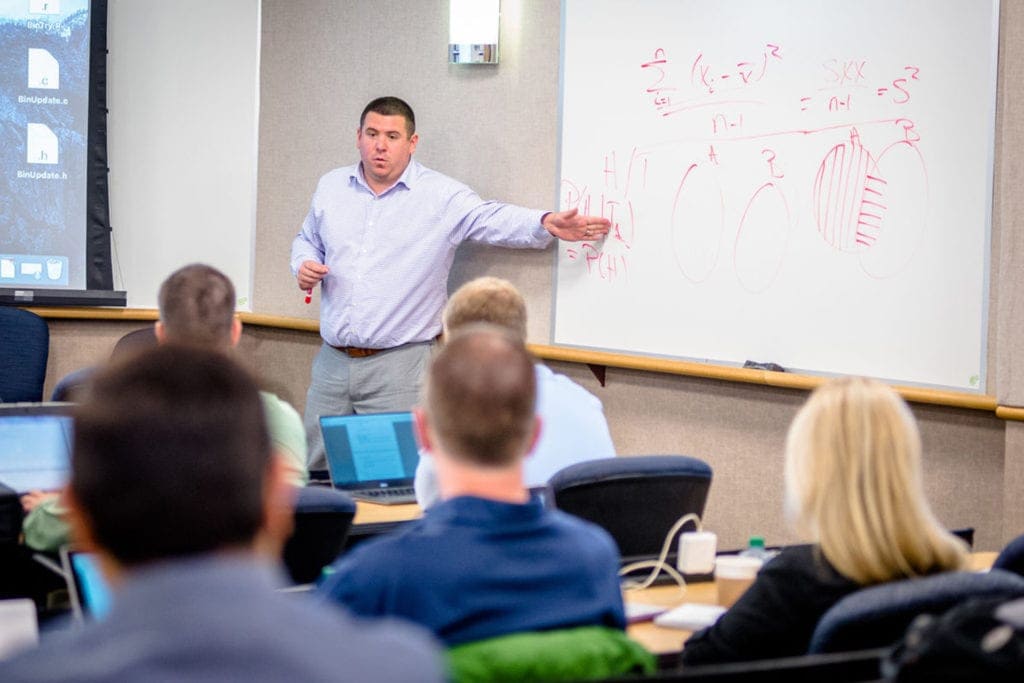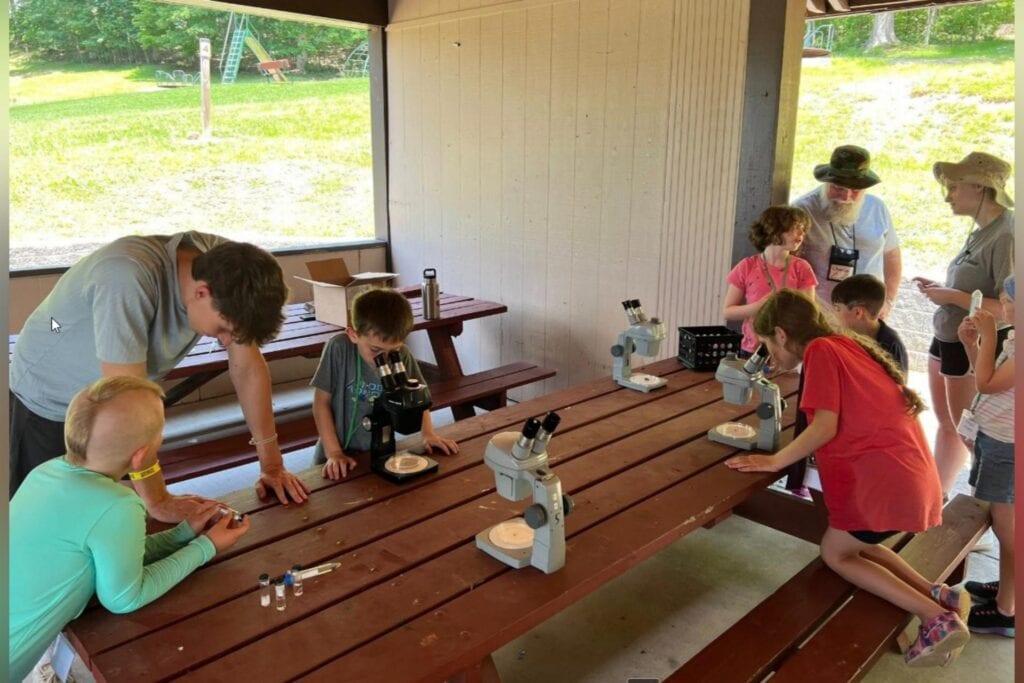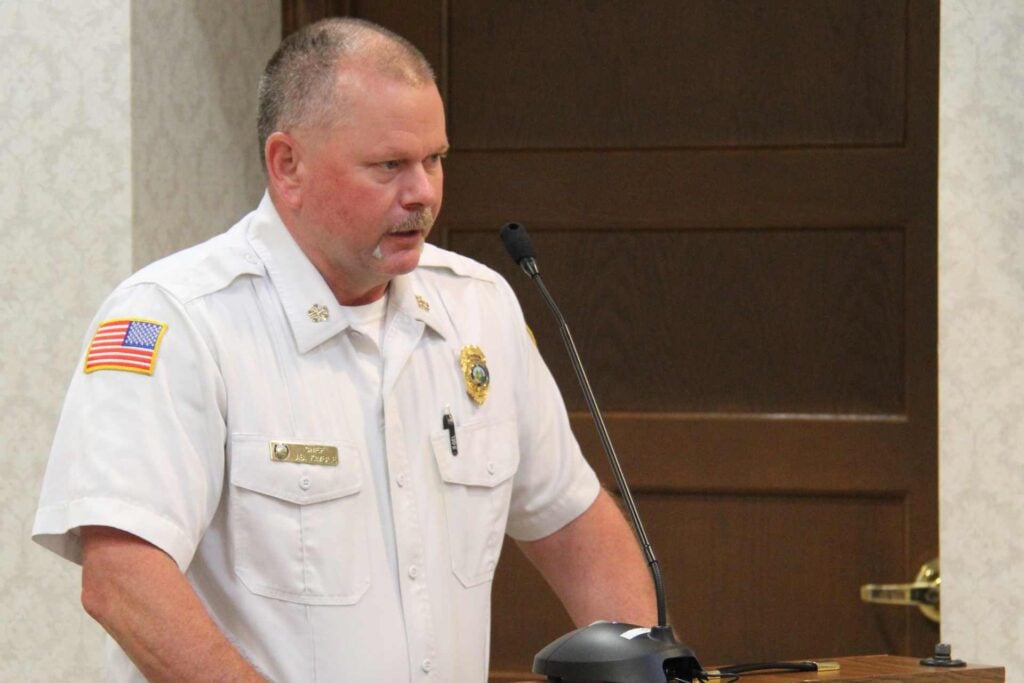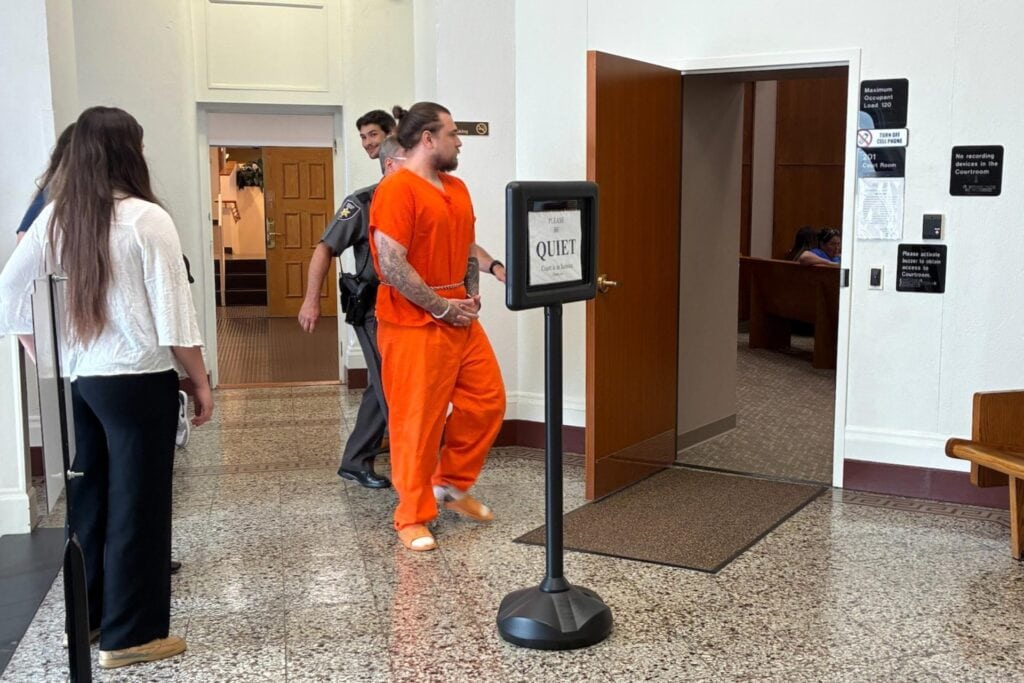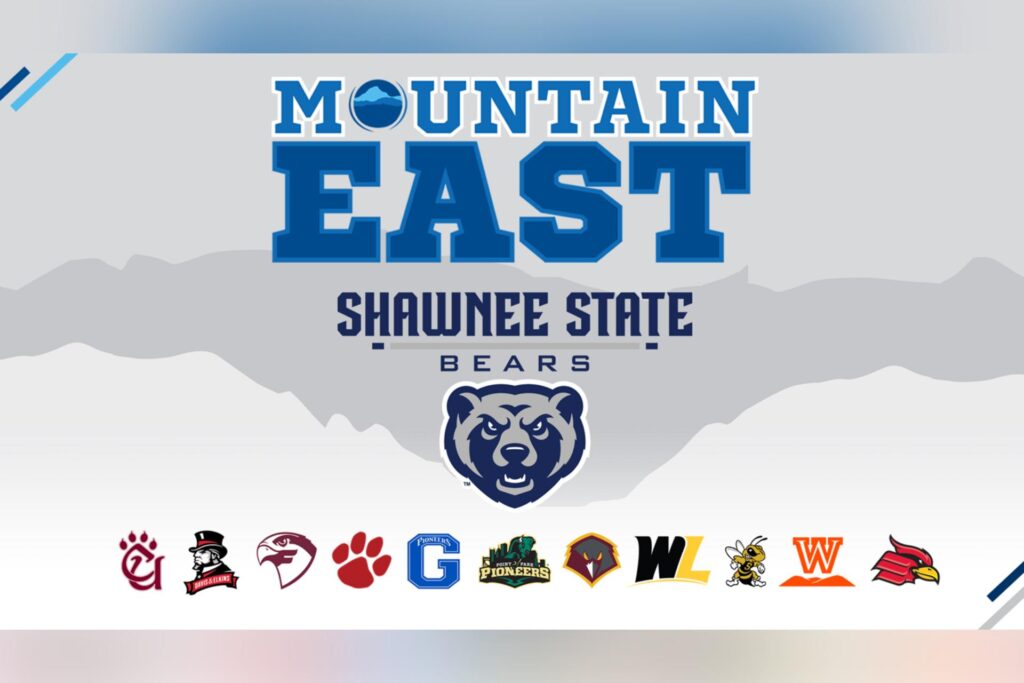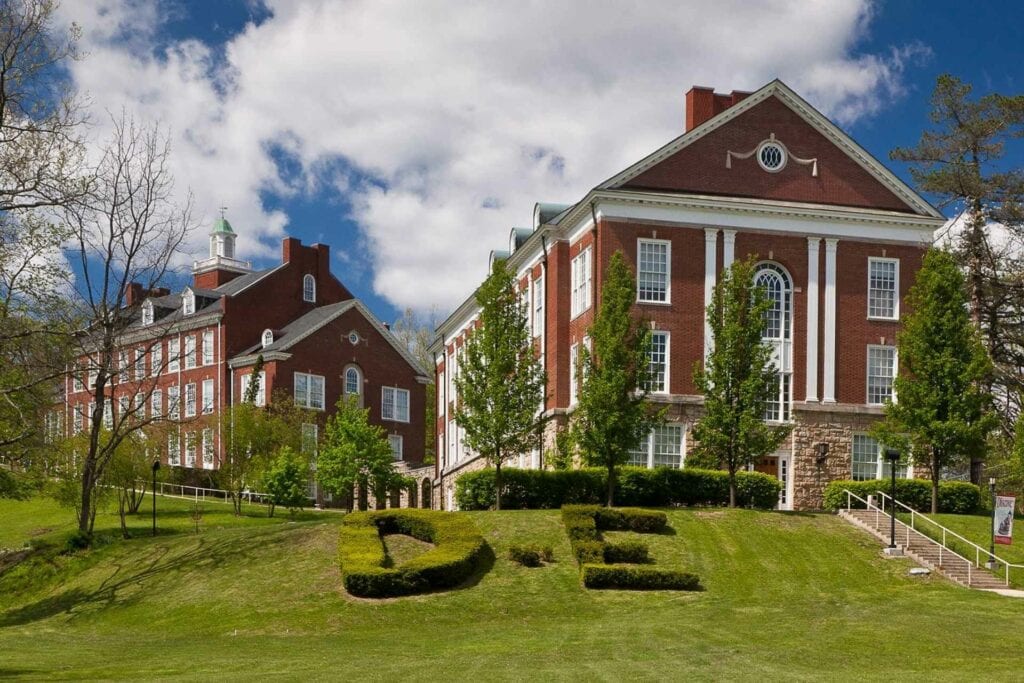When COVID-19 started depleting stockpiles of medical gear in hotspots like New York and New Jersey, the West Virginia National Guard took notice – and reached out to experts at the John Chambers College of Business and Economics at West Virginia University to help prevent that from happening in the Mountain State.
Within days, the College, in conjunction with the National Guard, developed a data-driven model that forecasts personal protective equipment use and surge conditions at hospitals and living facilities in West Virginia. This model, updated regularly, has kept the National Guard ahead of the PPE needs for the state’s health professionals.
“This isn’t your typical research project,” said Brad Price, assistant professor of management information systems. “This is a moving target. And we’re humbled that the National Guard feels comfortable enough to use this in their decision-making.”
It started with a phone call to Price as he sat in his garage on a Saturday working on a lawnmower. It was West Virginia Army National Guard Maj. Ryan Coss, also an adjunct professor at the Chambers College.
“When our task force was asked to lead efforts in developing plans for a PPE demand surge, the first person I thought to call was Brad,” Coss said. “Having worked with Brad in the past I knew first and foremost that he had a passion for helping West Virginians. Secondly, I knew that Brad and the Data Driven WV team were equipped with the skills, knowledge and experiences that were required to provide an innovative solution that would bring immediate value to the entire state.”
Price quickly pulled in Katherine Kopp and Dariane Drake, his colleagues with Data Driven WV, a partnership with WesBanco that supports the state by providing data-driven technical insights and analytic solutions.
Through the West Virginia Healthcare Association, the team is able to pull in survey data that includes current PPE numbers, projections on how long they’ll last, number of COVID-19 patients on site and other factors from the state’s medical facilities.
“There are a lot of epidemiological models out there but we locked in on a model that was built for forecasting hospitalizations,” Price said. “We’re not forecasting the people who have COVID-19, rather we’re forecasting the number of people who will be going to the hospital and utilizing resources. We want to know, ‘How many gloves will be used in a day? How many masks will they need?’”
The team’s latest projections show that healthcare facilities will need 18 percent more N95 respirators and 17 percent more gloves than their current inventory.
“Having the capability to forecast PPE demand at a state, regional, county and facility level provides the West Virginia National Guard with a distinct operational advantage,” Coss said. “The project has given us full visibility of our PPE inventory posture across the state which allows us to develop short, mid, and long-term plans to meet current and future missions.
“Most importantly, it has allowed us to prioritize our efforts on ensuring that nursing homes and other long-term care facilities are getting the PPE they require so that we can ensure our most vulnerable population is being taken care of. Additionally, we are using the model to train our soldiers and airmen to develop logistical competencies across our force that will pay dividends in the future.”
Student soldiers: When worlds collide
Two Chambers College students have found themselves on the other side of the project, implementing the Data Driven WV forecast as members of the West Virginia Air National Guard.
Senior airmen Carly Farmer and Will Wagstaff are both in Charleston supporting the National Guard’s efforts in procuring PPE.
They’re part of Coss’ task force, dubbed “Task Force Petersen,” named after the supply sergeant in the John Wayne movie “The Green Berets.” Task Force Petersen was established to drive the tracking, procurement and distribution of supplies during the pandemic.
“What I’ve learned in my courses I’m not only seeing in the real world, but at a quicker pace, given the situation we’re in,” said Farmer, of Spencer, W.Va., a global supply chain management senior at WVU. “I’m seeing the entire supply chain at work every day.”
Wagstaff, of Purcellville, Virginia., will graduate with his bachelor’s degree in economics in May.
“Dr. Price is one of my professors and I’ve done a couple of research projects under him,” Wagstaff said. “So now I get to work as a liaison between the National Guard and the Chambers College. They’ve been able to forecast statewide demand for different types of PPE and medical supplies, and now we get to make informed decisions based on that.
“It’s unique to work with my professors at WVU in this environment. The economic skillset I’ve learned in college I’m now using here in the Air National Guard.”
‘It’s what we’re supposed to do’
For the Data Driven WV team, this project has no end in sight, as long as COVID-19 sticks around.
Price believes the project is unique because most models that try to understand hospitalizations are geared for urban areas.
“They’re built for cities where you have two hospitals directly on top of each other and competing,” he said. “They weren’t built for rural areas. Our data looks at different populations underneath it. There were times when it was like trying to hit a BB shot off a bullet train with a baseball bat.”
Price, a Boone County native, said the collaborative nature of the project represents the Mountaineer mentality.
“It’s been amazing working with the West Virginia National Guard,” Price said. “And this wouldn’t have happened without the contributions from Dariane and Katherine at Data Driven WV. I think we’re being proactive and have very good foresight to make sure our frontline workers are taken care of. And we’re the land-grant university. This is what we’re supposed to do. It’s West Virginians helping West Virginians.”
